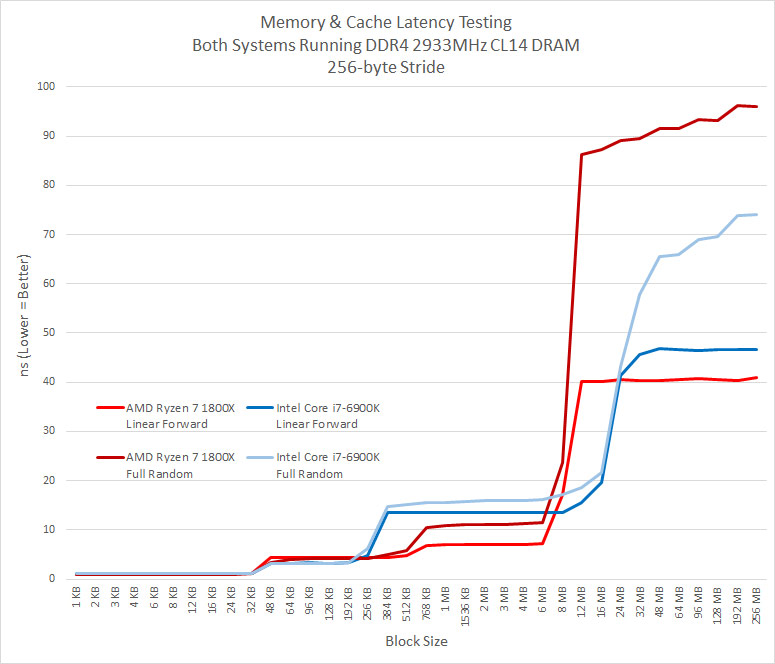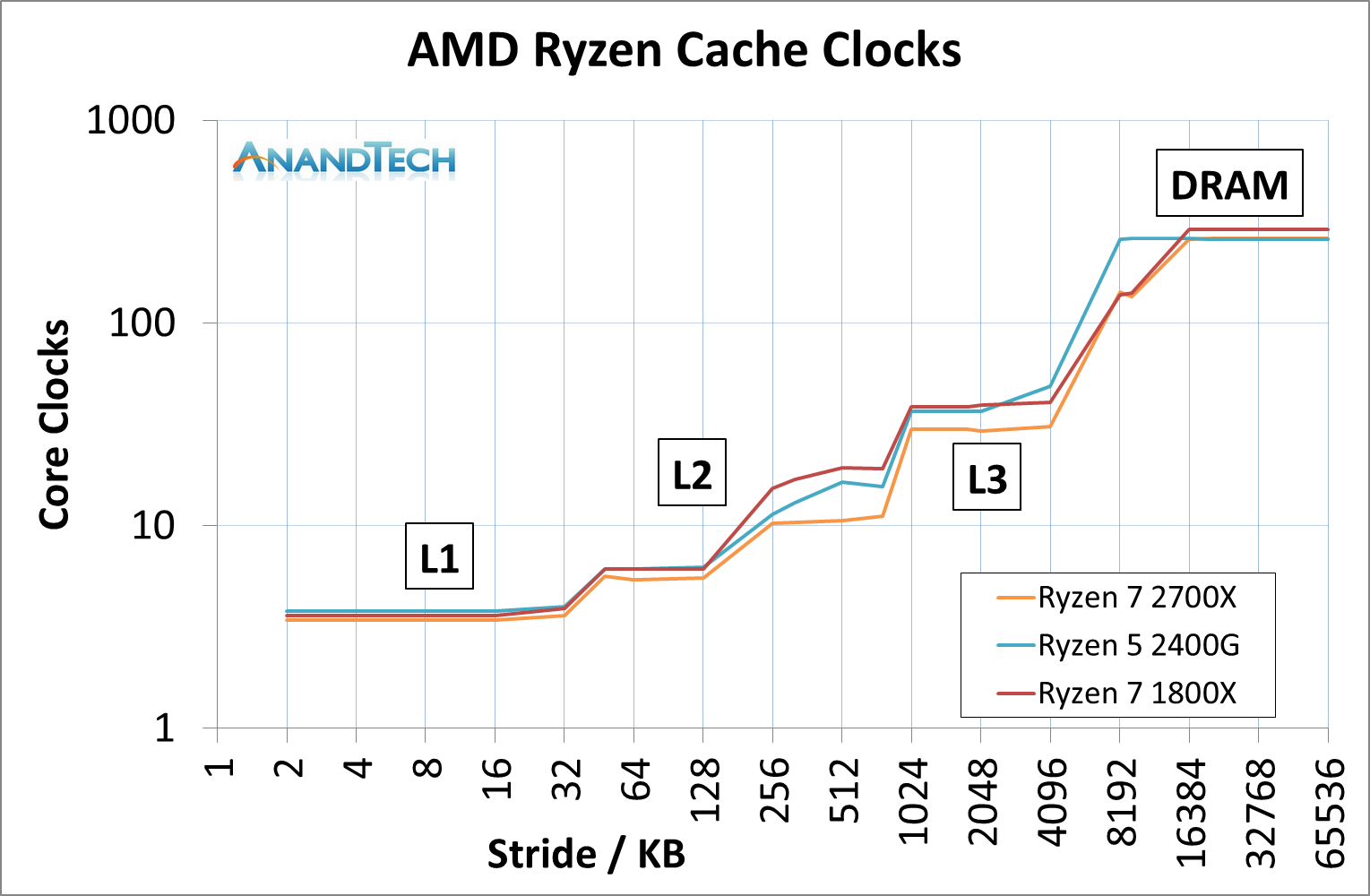- Joined
- Jun 5, 2016
- Messages
- 69 (0.02/day)
Are you referring to the 1st chip on 14 nm or to the 1st Zen chip on 14 nm? IIRC, when Zen was introduced, there were several chips being manufactured @ 14 nm, meaning the process was much more mature then 7 nm, where it is the 2nd chip (1st is Apple's A12 chip).
What is your source of Zen 2 CCX chiplet size? From what i've read, Zen 2 CCX chiplet measurement is roughly 73 mm² while yours is almost 10 mm² smaller.
For reference, i got those measurements from this post @ Anandtech forums.
When i made the pic in my previous reply, i was under the impression the CCX chiplet size was 72 mm² and that the chiplet was a square instead of a rectangle.
According to the die calculator page, those scribe values are invalid: either 0.1 or 0.15 but not 0.12.
Base on the current information, and with a defect density of 0.25, we get this (7.3 is also an invalid number for width so i improvised):
View attachment 110433
The range is from ~64mm^2 to ~72mm^2, which is why I also include a good range in my estimates, but I focused on the smaller size since I was using it to estimate the IO die size to see how much room was left over after everything we know had to be there was inside (a healthy 120mm^2 of die space with an unknown purpose...).
I'll redo the measurements using a better image of Rome.
The 4094 package is 58.5x75.4mm. You can fit more than 10.5~10.75 width wise, giving a range from 7.01~7.18 for the width. You can fit about 5.75~6.0 height wise, giving a range of 9.75-10.17. The range is a necessity to correct for perspective (minor), pixelation (minor), and lack of detail for the edges (moderate).
...But this isn't the true die size (despite being the cut chip size) as far as the calculators are concerned....
Each die is surrounded by the cut edge, so each edge potentially has 0.05~0.15mm of extra material the die calculator removes since it's as good a way as any (the fact that some of the material becomes part of the cut chip doesn't concern the calculator - it knows that edge can't be used for anything) ... something that is usually immaterial for these calculations, but these things are pretty small, so it suddenly matters. That's 0.1~0.3mm extra width and height that should be subtracted before placing into the calculator (or you can set the scribe size to zero, I suppose).
That gives a chiplet die size (as far as the calculator is concerned) of 6.71~7.08mm for width and 9.45~10.07 for height. Which is 63.4 ~ 71.3mm^2, which pretty much everyone rounds to 64~72mm^2 since there's so much room for error.
At the smallest size, with a defect density of 0.3/cm^2 (more on that later), there are 772 perfect dies and 931 total candidates per wafer, with 82.9% yield.
At the largest size, with the same defect density rate, there are 669 perfect dies and 825 total candidates per wafer, with 81.1% yield.
Since there are 8 cores per chiplet, likely 16MiB of L3 taking up a good chunk of the die space, and so on, AMD will likely be able to use 95%+ of all chiplets made. If half the cores or L3 is damaged, they can likely still salvage the die. AMD achieved nearly perfect effective yields with 14nm right from the start because of their harvesting - I wouldn't expect them to change when moving to a much more expensive process... especially when pretty much betting the company's future on its success.
At 95% effective yield, the range is 783~884 chiplets per wafer. A very minor adjustment to my original estimated range of 800~900.
--
Regarding defect density. 14nm LPE, this early in its life, had a defect density of less than 0.2/cm^2. By the time production began, it was under 0.1/cm^2. It was 0.08/cm^2 on Ryzen's launch and is now believed to be slightly lower. No reason why TSMC can't manage the same with their 7nm processes.
A process will never make it to production with less than a 60% yield... unless they have some very high margin products for it... IBM can charge so much that they can throw away 60% of a wafer. AMD can't do that - they need 80%+ yields given the high price of 7nm. And that includes Vega 20's yields - which is a much larger die on the same process, which gives us a hint about how low TSMC's 7nm defect rate probably is (0.2 or under would not be surprising - 0.1 would be exceptional at this point). AMD's confidence in the process is telling.
Oh, gee, that's so simple to explain. Try saying that to the average buyer, see how it fares
AMD calls it cTDP.
You usually have 35W, 45W, 65W, and Unlimited options depending on the process and motherboard. Most boards are now not restricting the 2400G, for example, so it pretty much always runs at 3.9GHz with full graphics power available... and pulls 100W (a good amount for a 65W APU). AMD has specified that the boards should implement the power limiting, but few do because AMD doesn't really do a good job balancing between the power draw of the GPU and CCX, causing issues in games.







